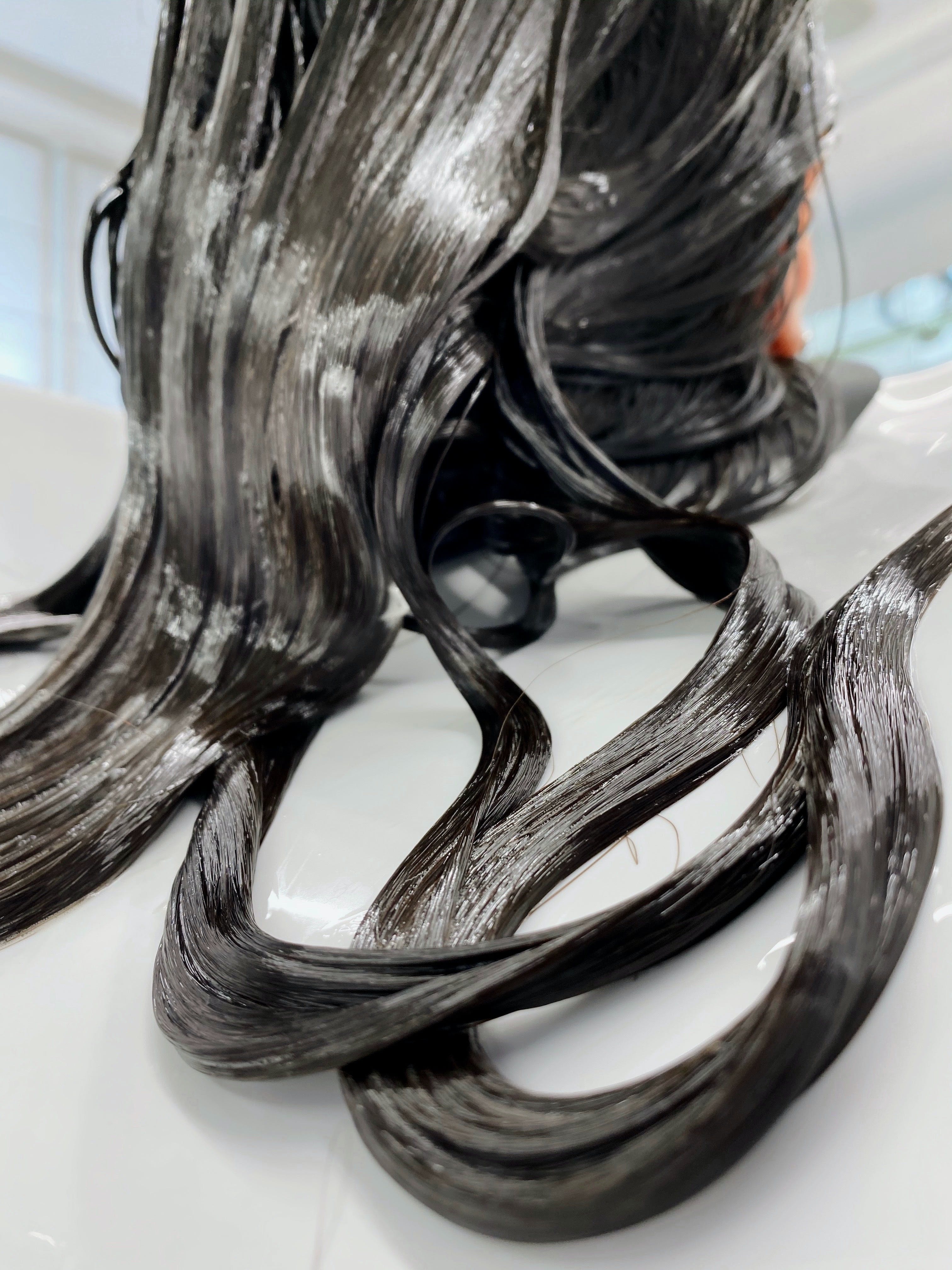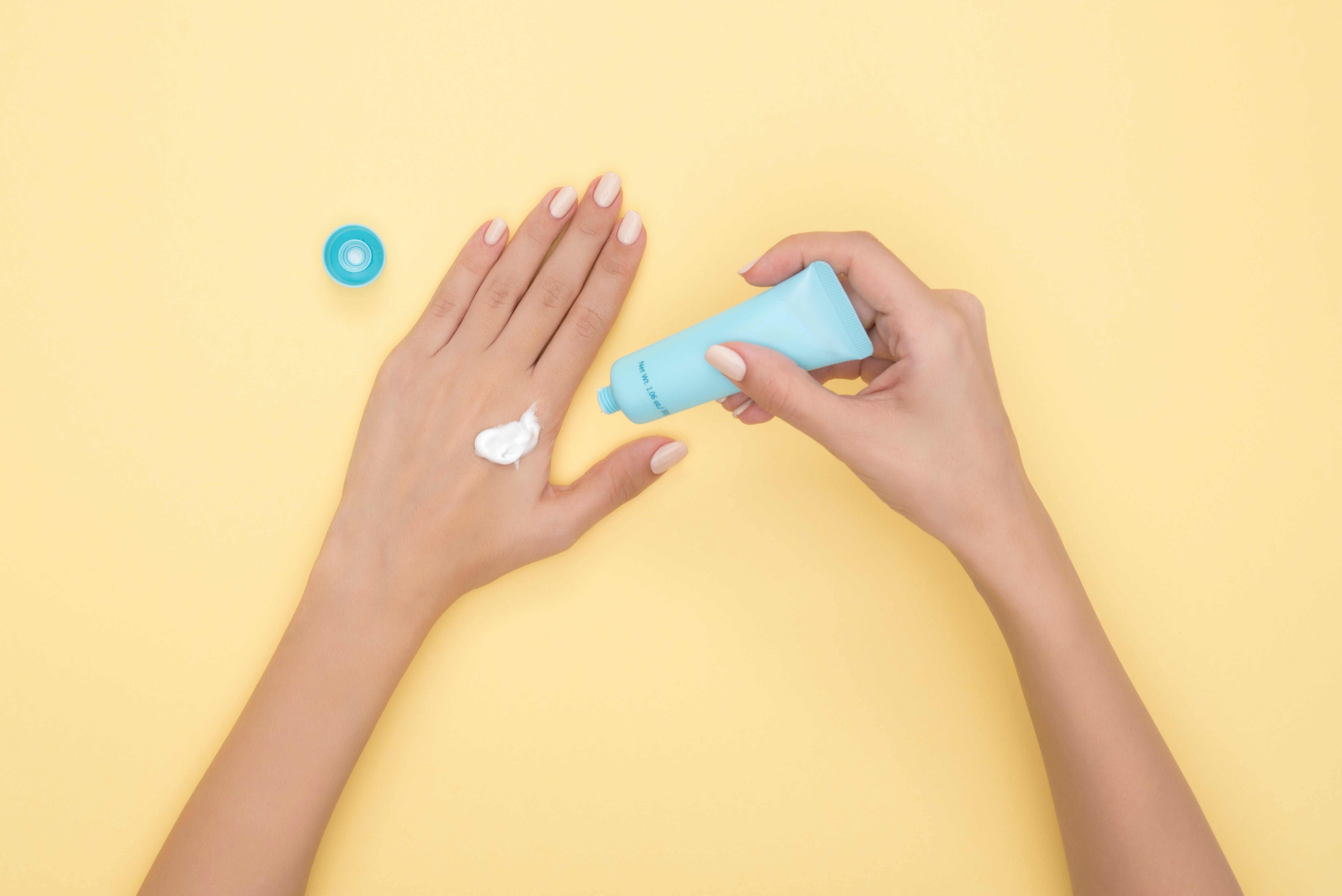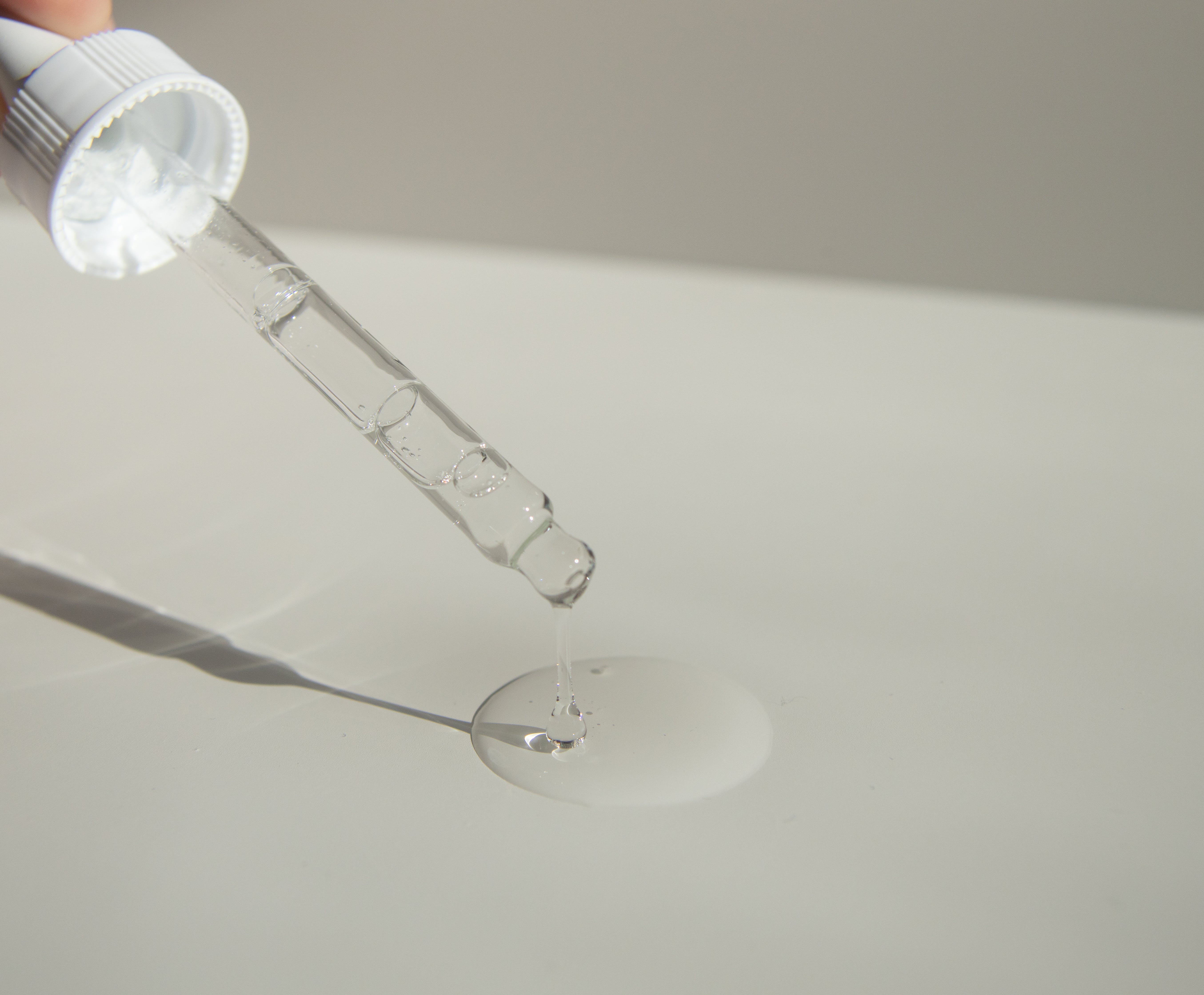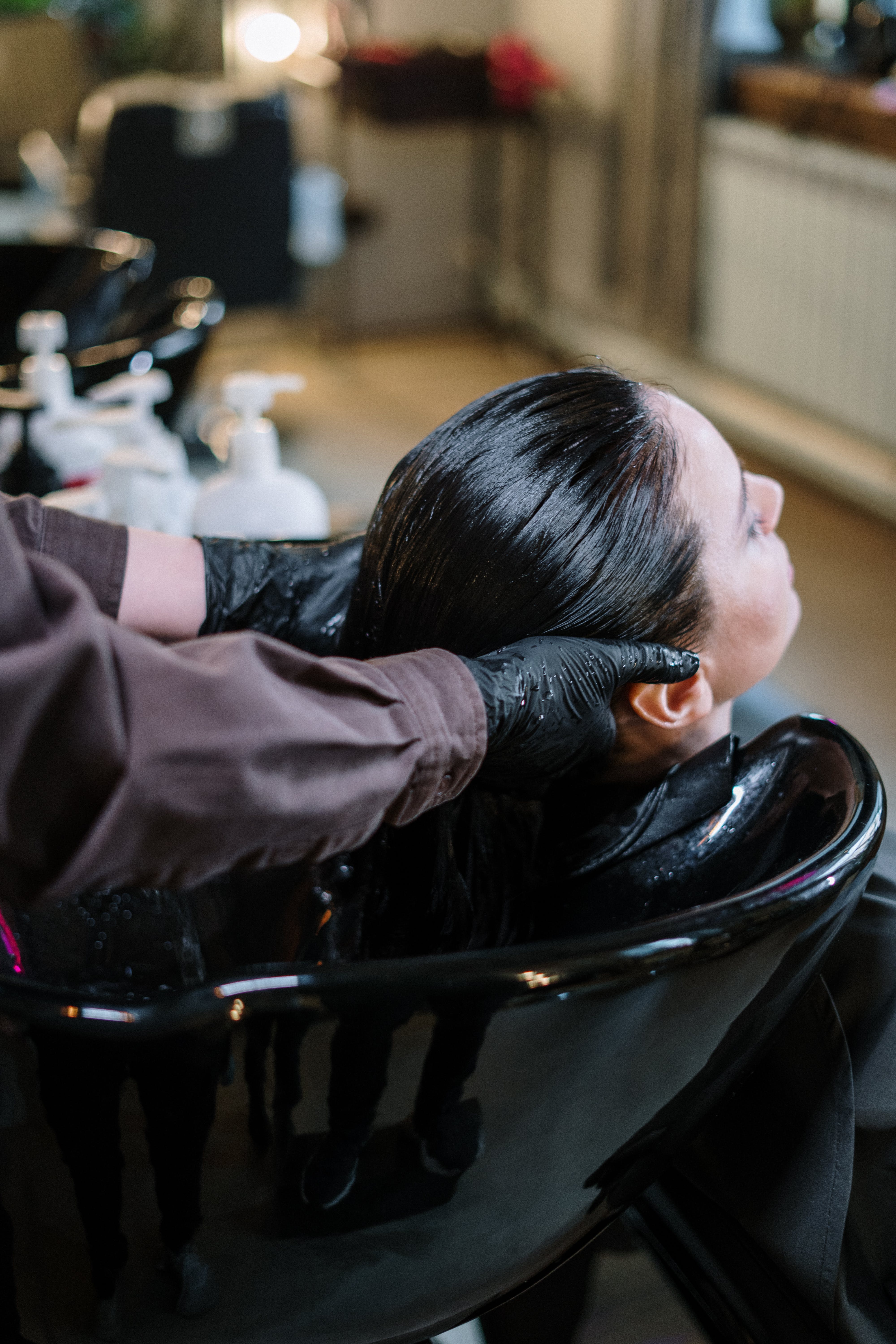One thing I’m guilty of is hoarding up too many beauty products as if it’s the apocalypse. And because I have so many of them, I often find myself ignoring the fine print – primarily the ingredient list. Turns out, there are a lot (truly a lot) of ingredients that you shouldn’t be putting on your skin, so much so that a number of them have even been banned in certain countries!
The state of California in the US recently banned a whopping 38 ingredients while governments in the European and Canadian Unions have banned over 1,300 ingredients in use! Really makes you think, right? While most are not as concerning, here are a few you need to keep an eye out for since they’re in practically most of our products.
7 Ingredients That Have Been Banned/ Restricted In Countries
Formaldehyde

Usually Found In: nail polish, hair treatments like keratin and relaxing
Why It’s Bad: When formaldehyde is released as a gas, thanks to the heating of the chemicals applied to the hair, it can cause allergic reactions and is linked to multiple other health problems. Hair products that release formaldehyde have been restricted in Canada, Australia, and Brazil.
Other Names It Can Go By: formalin, methylene, glycol.
Phthalates
Usually Found In: hair care, skincare, nail polish
Why It’s Bad: While more studies need to be conducted on this family of ingredients, it is still restricted in the European Union since it has possible links to cancer. While not a lot of studies have been conducted on humans, it is believed that Phthalates could lead to hormonal disruption in both men and women, basis on animal testing.
Avobenzone

Usually Found In: Chemical sunscreens
Why It’s Bad: Avobenzone is known to break down easily and lead to free radical damage, triggering signs of ageing to appear faster. This ingredient is also a potential endocrine disruptor and does damage to the marine life by making corals less resistant to higher temperatures.
The FDA has approved usage of up to 3% in products and E.U, Australia and Japan are allowed to use up to 5%.
Hydroquinone
Usually Found In: skincare products (skin-lightening/brightening)
Why It’s Bad: A controversial ingredient, it bleaches the skin and is banned in countries in the European Union, Australia and Japan. Studies revealed a link between heavy doses of this ingredient and Cancer. A ban on OTC sales of Hydroquinone has also been imposed in India since 2019. While it is still available in the U.S, OTC products cannot have higher than 2% of the product and prescription products not higher than 4%.
Retinol

Usually Found In: skincare and makeup
Why It’s Bad: A popular skincare ingredient that slows down the visible signs of ageing, this potent form of Vitamin A is also known to be harmful and develop skin tumours and lesions on sun-exposed skin. While it is not banned from use, Europe is working to limit retinol concentrations in OTC products from this year.
Lily Aldehyde (Lilial)
Usually Found In: Personal care products that smell like lilies
Why It’s Bad: It’s likely that this ingredient will be categorised under ‘fragrance’ on most ingredient lists but is known to cause skin irritation. It was previously restricted in Europe but is now banned since it’s also linked to endocrine issues when in contact with the body.
Other Names It Can Go By: Lysmeral, lysmal
Cyclotetrasiloxane

Usually Found In: Skincare and hair care products
Why It’s Bad: While this ingredient doesn’t cause buildup in the skin or hair, it’s quite bad for the environment. Europe limited the concentration of Cyclotetrasiloxane in cosmetics to 0.1% because of concerns that it can accumulate in the water and have a potentially bad impact on aquatic life. It poses as an ecological risk.
Other Names It Can go By: D4
These regulations will no doubt change the way products are formulated. Customers cannot be left to vet every single product they purchase. While the E.U and FDA in the US are attempting to curb these harmful products, India is nowhere close to outlining the control of such harmful ingredients. There are new beauty and skincare brands launched almost every day thanks to the increase in purchasing power. But while introducing new products, brands need to take things a notch higher by revealing their entire ingredient list and staying away from ingredients that are potentially harmful to both, the users and the environment.
Featured Images: Pexels



